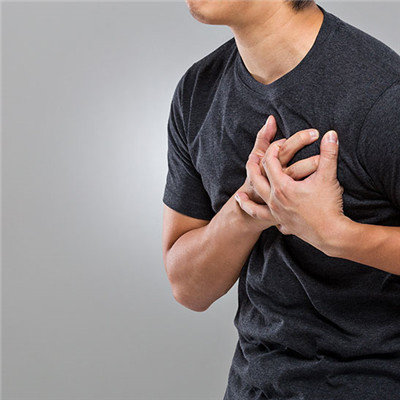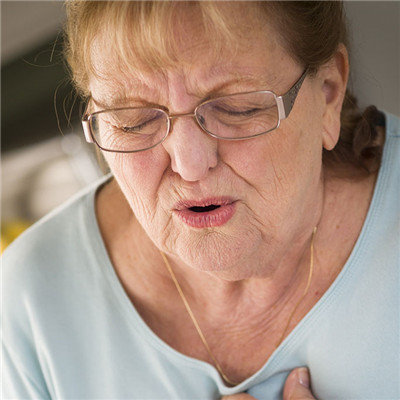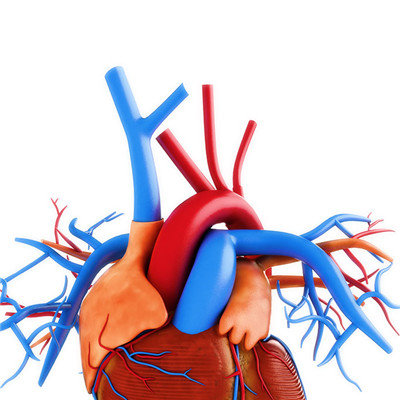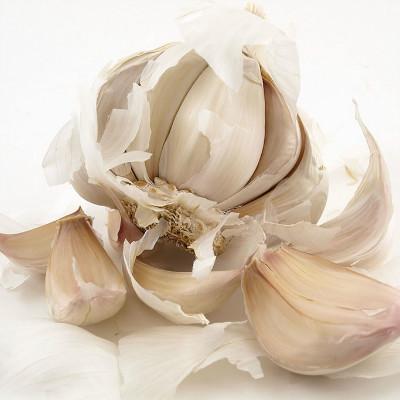Typical symptoms of pleurisy
summary
Pleurisy refers to the inflammation of the thoracic cavity caused by various reasons. Common tuberculous pleurisy, suppurative pleurisy. It is characterized by cough and chest pain. Pleurisy is the inflammation of pleura wall and viscera caused by various reasons. Most of the lesions are secondary to the lung and chest, and can also be the local manifestation of systemic diseases. Pleurisy has a great impact on the normal life of patients. Understanding the symptoms of the disease, can be found in time for treatment. Now, let's take a look at the typical symptoms of pleurisy.
Typical symptoms of pleurisy
Chronic empyema of suppurative pleurisy is characterized by chronic appearance, emaciation, pallor, anemia, persistent fever and clubbing fingers (toes). Chest manifestations were cough, expectoration, shortness of breath, chest tightness, chest pain, chest wall depression, narrow intercostal space, and limited movement.

The acute empyema of suppurative pleurisy is characterized by chills, high fever and flaccid fever. The chest showed severe chest pain, chest tightness, shortness of breath and cough. There are signs of pleural effusion in the affected side of the chest, and local chest wall skin may have redness, swelling, fever and tenderness. Clubbed fingers (toes) appear in 2-3 weeks.

Tuberculous pleurisy, acute onset, can first have a few weeks afternoon fever, night sweats, fatigue, emaciation and other tuberculous toxic symptoms. Chest pain occurred at the onset of the disease and disappeared after the increase of pleural fluid. Most of them are irritative dry cough.

matters needing attention
1. No matter what kind of pleurisy, in the acute phase should be bed rest, drug treatment. 2. In the recovery period, the use of drug therapy, supplemented by physical therapy. 3. Aspirin relieves pain.
















